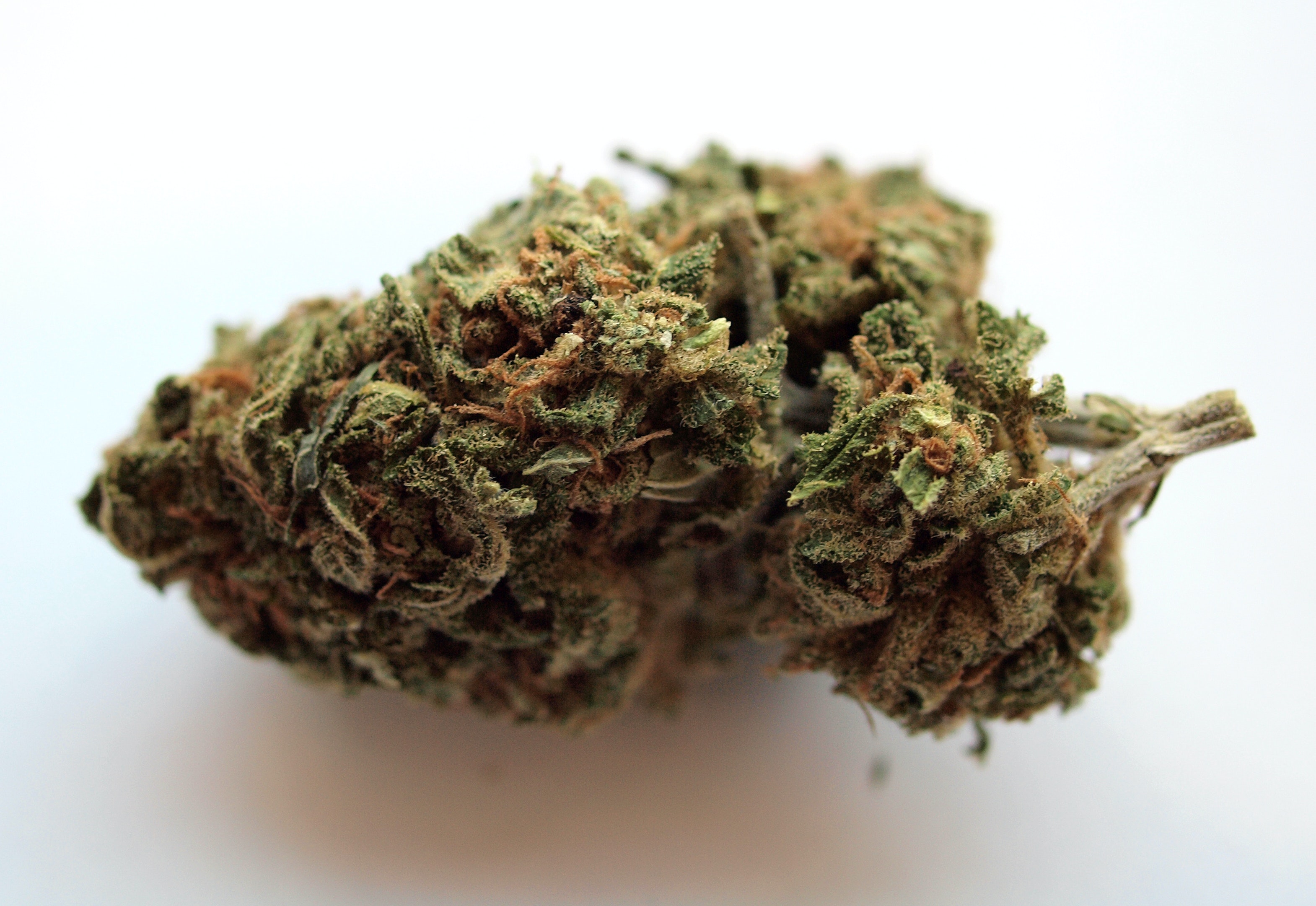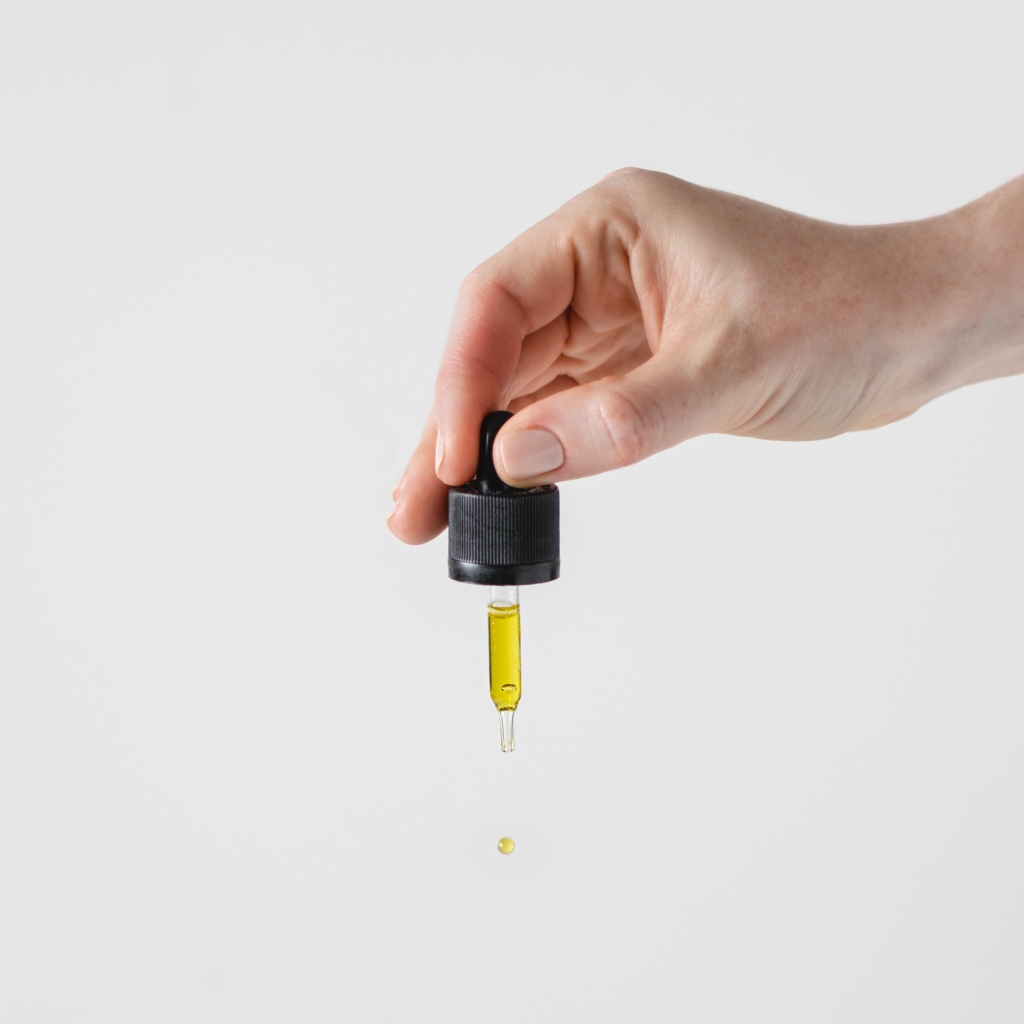
Adult-Use Versus Medical Cannabis: Why They Are Different (Even if the Plant is the Same)
A molecule of CBD is a molecule of CBD, whether it is in a skin cream, a recreational product, or a physician-authorized medicine. But the case of adult-use versus medical cannabis is more complicated than genetic material.
As a cannabis patient, I find the distinction between adult-use and medical cannabis is both a mental and a regulatory one. I let my medical authorization lapse and spent a year using cannabis from the retail market to treat my health conditions. The products are essentially the same, and though the prices are not, the key difference I noticed was access to a physician.
When I returned to the medical side, my physician pointed out gaps in my care and optimized my overall product regime. It isn’t to say that self-medicating isn’t effective; it just means that sometimes you need a doctor to help ensure your use is of utmost benefit.
Perhaps all cannabis use is inherently therapeutic. A lot of patients like myself realize cannabis positively affects their health through the adult-use market. Regardless, medical cannabis isn’t the same as it’s so-called “recreational” counterpart.
Even if the plant is the same, understanding the differences between medical and adult-use cannabis are imperative to normalization of medical use and ultimately, to optimizing patient care.
Adult-Use Versus Medical Cannabis: Intention is Important
“Cannabis is inherently a therapeutic substance,” says Danielle ‘Miz D’ Jackson, cannabis advocate and founder of Cannatherapy. “The only difference between medicinal and recreational use is the intention with which it’s consumed. The cannabis is the same.”
Jackson is a vocal member of the cannabis industry who often highlights the importance of consuming cannabis with intention. She began Cannatherapy in 2004, in order to help educate and guide individuals by using cannabis as a catalyst for physical, emotional, and spiritual healing. For Jackson, all cannabis is medicine with profound potential, whether it’s been purchased, grown at home, or prescribed by a doctor.
“There is no ‘one-size-fits-all’ with cannabis—its natural properties benefit all consumers in uniquely individual ways,” she says. “When we are conscious of this and approach it with intention, our mindset helps guide our behavior [and] consumption, understand its effects, and learn what works for us personally. This allows us to maximize its therapeutic potential.”

Intention heavily influences how a person will use cannabis: what kind of products they use, the route of administration, frequency of consumption, and dose. “Recreational intent can be varied—euphoria, relaxing, socializing,” says Dr. Caroline MacCallum, medical director at Greenleaf Medical Clinic and internal medicine specialist and clinical instructor in the department of medicine at the University of British Columbia. “Whereas medical intent is most often to target certain symptoms and improve function with the least amount of side effects.”
According to Dr. MacCallum, cannabis can have therapeutic benefits without physician oversight, but if a person is using cannabis with intent of treating a condition, it’s always best to speak with a healthcare professional (especially when pre-existing medical conditions are involved, or when someone is using other prescription or illicit drugs).
While Miz D maintains that all cannabis is therapeutic, she understands that separate adult-use and medical streams are important in Canada. “While I believe everyone deserves to benefit from cannabis, the needs for those utilizing it as an adjunct therapy should be prioritized. There should be no barriers to accessibility of quality products, economic or otherwise.”
When Physician Oversight Matters
For many patients, the distinction between medical and adult-use is more than a philosophical one. Beyond intention, the goals and needs are generally different for those using adult-use and medical cannabis. Patients deserve the best access to products, education, and mitigation of safety risks. Yes, the plant is the same—but the support systems are not.
“Those who depend on cannabis to improve their quality of life have additional requirements that don’t fit within the overly strict adult-use regulations,” says Miz D, adding that product quality, education, price point, and personal grow limits should have extra considerations when it comes to medical cannabis patients.
“Using cannabis for medical reasons requires more careful guidance than what a person who works in a cannabis retail store (such as a budtender) can, or should, give,” says Dr. MacCallum. To use the medical stream, a patient requires a cannabis authorization from a doctor, which is similar to a prescription but does not include a Drug Identification Number (DIN), which all prescription drugs possess.
“For people wishing to use cannabis medically, having a separate category allows them to access the care and guidance of a physician,” says Dr. MacCallum. “By consulting a physician, a patient can get case-specific advice on medical history, potential drug interactions, and instructions for optimal outcomes.”

A cannabis authorization also comes with perks that the adult-use market doesn’t offer: some health insurance benefits cover medical cannabis when it is authorized by a physician, she says. Additionally, medical patients receive income tax deductions.
Normalization of Medical Cannabis
Physician oversight is important when treating a medical condition, which seems obvious but warrants repeating. Not everyone who uses cannabis needs a doctor, but when physician support is required, it needs to be accessible. Blurring the lines between medical and adult-uses for cannabis inhibits the normalization and legitimacy of cannabis as medicine.
Despite legalization and Canada’s long standing medical regulations, there are still a lot of barriers for patients on the path to medical cannabis. The stigma and lack of normalization surrounding medical cannabis affects how people can access it. If a patient has a physician who isn’t supportive of pursuing medical cannabis, they’ll often turn to adult-use retail instead. This route doesn’t guarantee improvement of symptoms and could come with unwanted side effects.
In order for cannabis to be legitimized as medicine, it needs to be treated as such.
According to Dr. MacCallum, this means treating medical cannabis like other prescriptions, including with the language we use. “Many people simply do not understand how cannabis can and is used medically. Not everyone who uses cannabis uses it to get high,” she explains. “Also, you don’t need to be high to experience benefit.”
“There is good evidence for cannabis use despite what some people may believe,” says Dr. MacCallum. “There are extensive reviews on cannabis and cannabinoids, thousands of peer reviewed cannabis studies.”
She shares the best evidence so far in medical cannabis is for treating chronic pain and spasticity, and adds that there are many other conditions for which cannabis might have a positive signal but more research in those areas is needed.
“We should be focusing on up-to-date, evidence-based medical information on cannabis,” says Dr. MacCallum. “We need increased access to education for both the public, policy makers, and health care professionals.”
With education comes physician support, and with physician support comes normalization.

